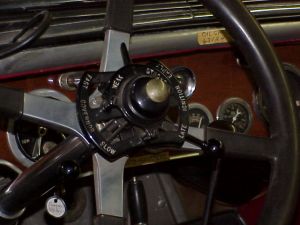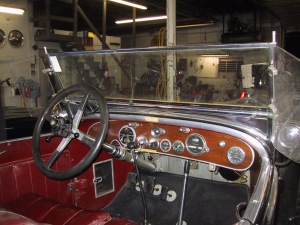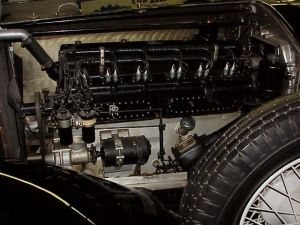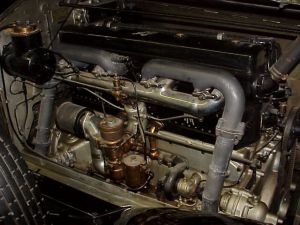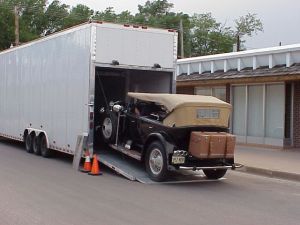1.6 = 0.4. Yes that’s the new math.
I was reading one of the industry standard new car ‘trends’ magazines and they were comparing two electric cars (ok, no offense intended but how ‘boring’ is that?). In the course of the discussion the formula above was that 1.6 is how many kw per hour (kw-h) an ion battery (in one of the cars) carries. That equals about the same amount of energy that 0.4 gallon so gas has.
Is this soon, to be the car guys’ discourse? “Man, I just upped my kilo watts to 1.9 per hour!” I hope not!!
I am getting older, but no, I’m not a technophobe. I’m the Director of IT for my company and I use a MAC and a Windows machine, the latest I-phone and a fairly new Android and, yes, I have all my music and movies in a “CLOUD”!!!! So that’s not the issue. What the hell are we going to talk about in the future? I just can’t see that being the topic of discussion, during a NASCAR race for at the drag strip.
How much of a conversation can you have? Discuss what would the bolt on possibility for an electronic car, oh….I don’t know maybe a Flux Capacitor to provide the needed 1.21 Gigawatts of Electrical Power? (Ok I couldn’t resist – here’s a link – http://www.oreillyauto.com/site/c/detail/EB00/121G.oap)
Or, maybe, “Hey I just got the new EverReady ion cooper topped E battery for my Prius.”
I’m sure I offended a lot of engineers by this post and guys that love instant torque (hey maybe I’m on to something here….umm…naaah…..) and my hat is off to those chasing energy-saving cars that go fast, like Tesla’s offerings, but I’ll take good old horse power – gas mixed with air and ignited. That’s the way to go!!!!
Thanks for reading.
Tim
Got a good bolt on? Drop a note!!!!


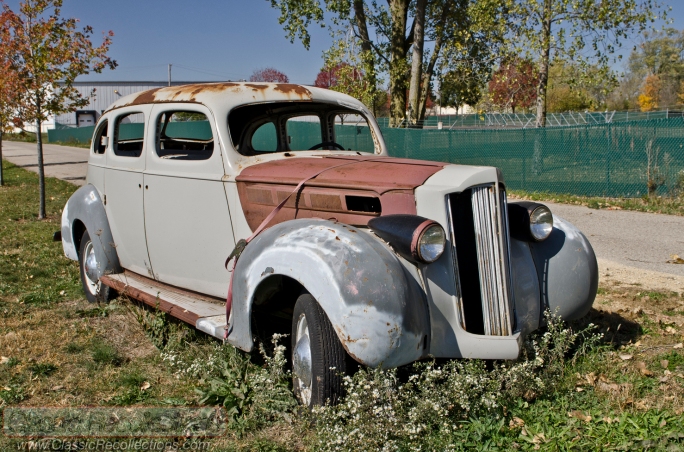
 The two “A”s are showing the two clips on the back of the brace that accept the male part of the clip from the panel that holds all the controls. Without begin attached the back of the door panel the control flop around and slide out-of-place.
The two “A”s are showing the two clips on the back of the brace that accept the male part of the clip from the panel that holds all the controls. Without begin attached the back of the door panel the control flop around and slide out-of-place.






